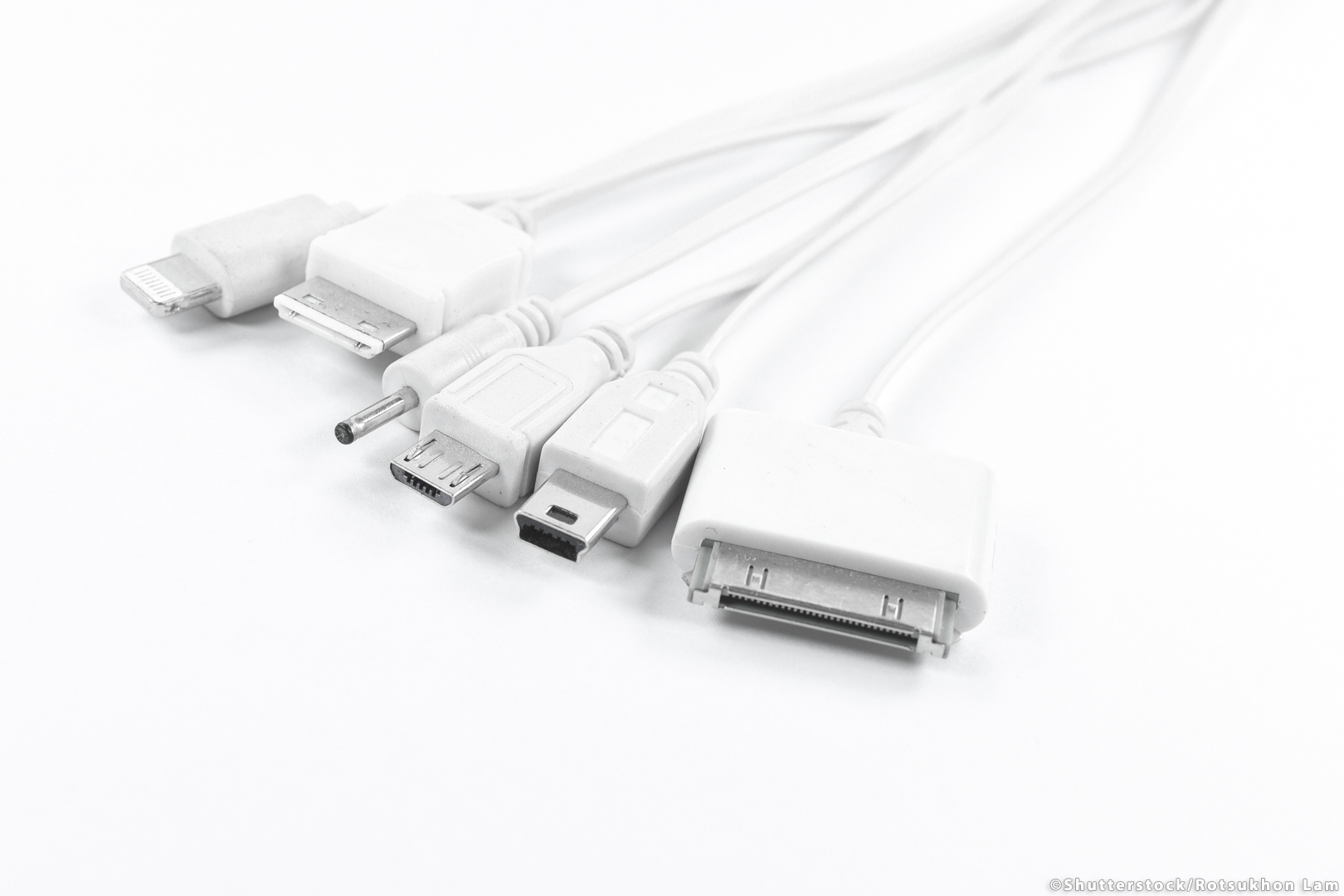I asked the same question to every so called iPhone USB-C Supporter.
Would you want USB-C Port if Apple's USB-C Implementation requires MFi, i.e It will only work on Apple's Certified USB-C Cables?
And if you ask why iPad Pro could have a standard non MFi USB-C Port, did you take a look into how much more space on controller were used in iPad Pro for USB-C compared to iPhone.
Pros of USB-C
- Much faster possible transfer speed
- Can share the same cable with other devices which you already have
USB-C and 5G are like the most commonly misunderstood technology of all times.
You can actually get 10Gbps with Lightning, and I would bet 20Gbps with specific Lightning Cables. The "port" in itself isn't the limitation.
So really Speed was never an augment in the first place. Apple could have shipped a USB-C iPhone that only support USB 2.0 Transfer Speed. 99% of the USB-C Supporter never thought about that. They instantly thought USB-C = Faster Speed. And before you ask, it is perfectly OK and complies with "ALL" USB Spec.
If every 950M current iPhone user signed a petition saying I am happy to pay $10 more for my next iPhone for faster lightning speed, Apple could have shipped next iPhone with 5/ 10Gbps Lightning port instantly.
And the 2nd pros being sharing cables with all other devices would relay back to the start of my post, would you still want USB-C iPhone if it had MFi?
If Airdrop can transfer files faster than USB-C speeds, I don't mind the lightning port.
I think Apple has been working on that with 802.11ay. Which is the 60Ghz short distance transfer that gives you 20Gbps in single stream and up to 80Gbps in Multiple Stream ( Dont expect that to ever appear on Smartphone though ) And judging from UWB Chip I think Apple is very serious with their Wireless Tech.
Since 60Ghz usage is shared with 5G mmWave I think we are still another 1 or 2 years before we see it shipped on iPhone. Especially with Tim Cook "hinting" of Global 5G roll out ( My reading of that is 5G in terms of mmWave )
The only downside of USB-C is actually not because of USB-C's technology, but because there are already many accessories made for the lightning port. If the new iPhone switches to USB-C, a lot of old accessories can't be used with the new phones.
Exactly! And for the Environmentalist, you are throwing away
at least 1 Billion lightning cables to adopt a new "universal standard" of USB-C Cable. Seriously?



